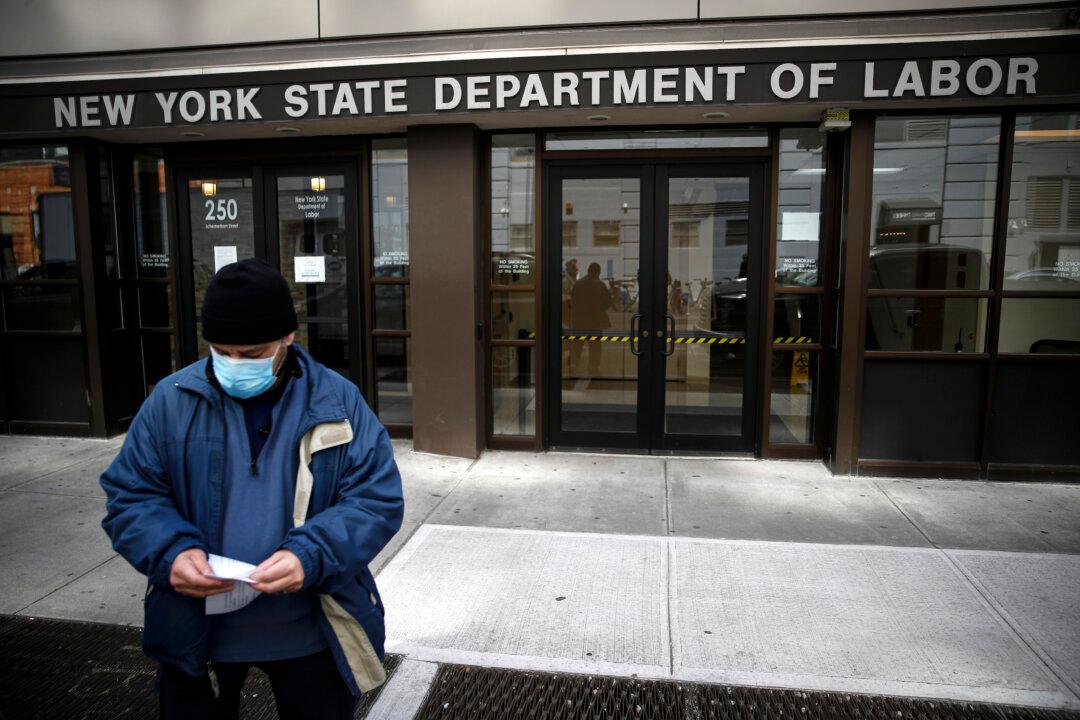As the surge in daily new COVID-19 cases begins to decrease and the workload at hospitals begins to ease, confidence among Americans toward reopening the U.S. economy is growing.
Experts, however, say that safely reopening the U.S. economy isn’t a simple or straightforward task, and that planning for that should start immediately.





